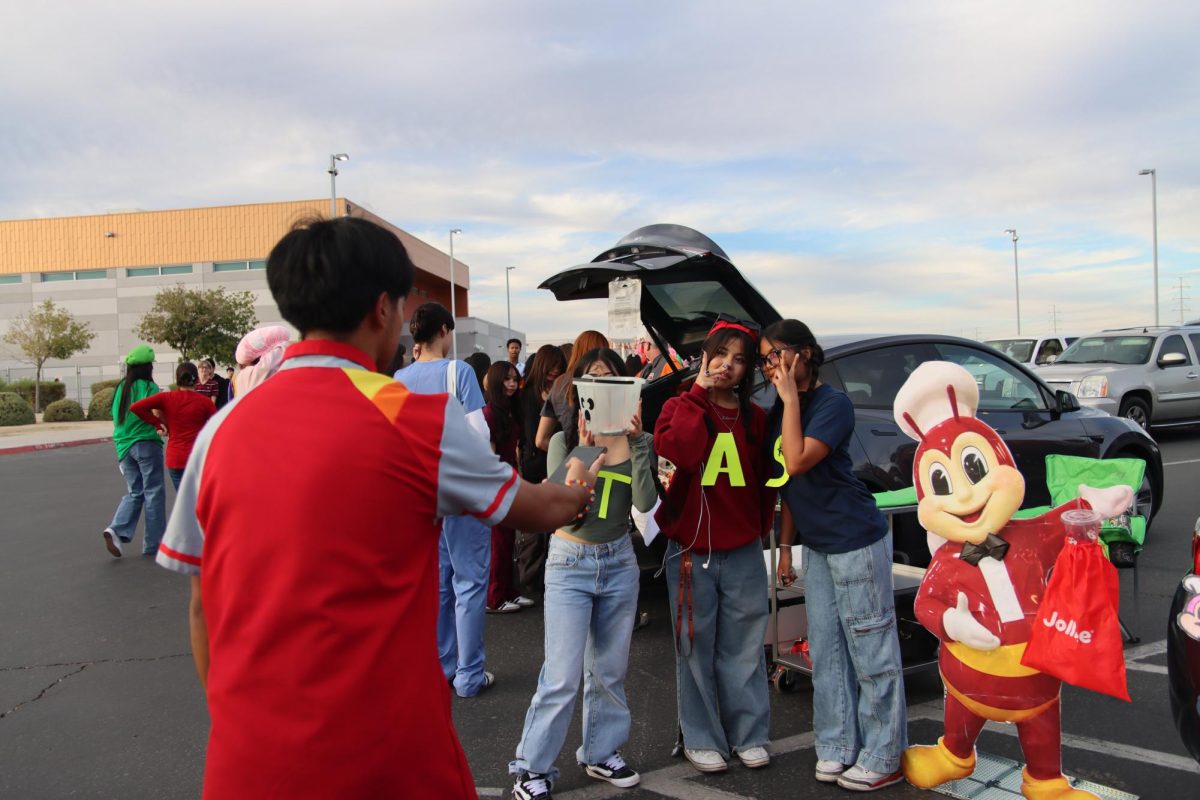For a moment it seemed like the world had stopped spinning. My breathing heightened as I anticipated a response. At the end of eighth grade I came out to my closest friends, and felt the weight of my secret being lifted off my chest with each word I spoke. Despite my efforts, my honesty drove us apart. It was a piece of me they believed they couldn’t accept.
For so long it pained me. It felt like I would never be accepted for who I was, unless I filtered out the parts of me that were least desirable–but it has been years since I first came out and I have learned a lot since then.
Luckily, times are changing. 92 percent of LGBT individuals have noticed an increase in acceptance within the past ten years. From theStonewall Riots, to over 30 countries legalizing gay marriage, laws are being put in place to protect us from hate crimes and an increase in those who openly identify themselves.
To be frank, we are the generation of change. Statistics show that younger generations are not only more accepting of LGBTQ individuals, but over 52 percent of us actually identify within the community. Whether anyone approves it or not, the world is changing. There is no longer room for hate and discrimination to exist freely or openly in any way—and it won’t be long before our society is dominated with acceptance.
But, while we wait for the older generations to phase out, we still need to find ways to aid the problems that still have yet to be solved. There are still four in every 10 people who have reported being physically attacked for whom they are and one fifth of the community has experienced discrimination when being hired for a job. We cannot fix all these issues in one move, but by creating safe spaces and enforcing further representation we can normalize the acceptance of LGBTQ youth.
Starting in our own community, a quarter of LGBTQ individuals have reported feeling unsafe at school. We should enforce understanding LGBTQ history as part of the U.S. History class curriculum. Additionally, our school should add clubs dedicated to those in the community. It should be a safe space led by members in the community where we can ask questions, discuss topics and express ourselves without judgement. Without groups or programs dedicated to LGBTQ youth, we cannot expect that individuals will feel welcomed to be themselves or that others will be willing to accept them.
I want to live in a world where I don’t have to choose between being my true self or just the part’s society can accept without hesitation. A world where LGBTQ members have the freedom to be and love whomever it is they choose. We have made advances towards this world, but the work is not done yet. It is up to our generation to aid in creating a world worth living in–for everyone, everywhere.



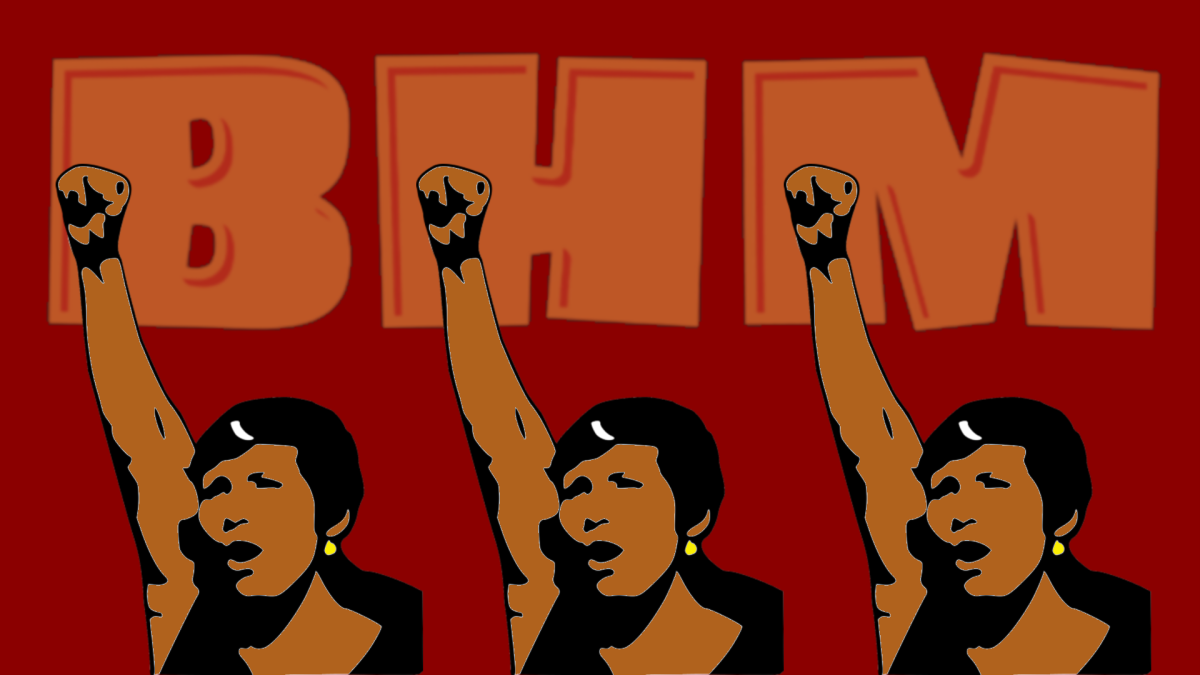
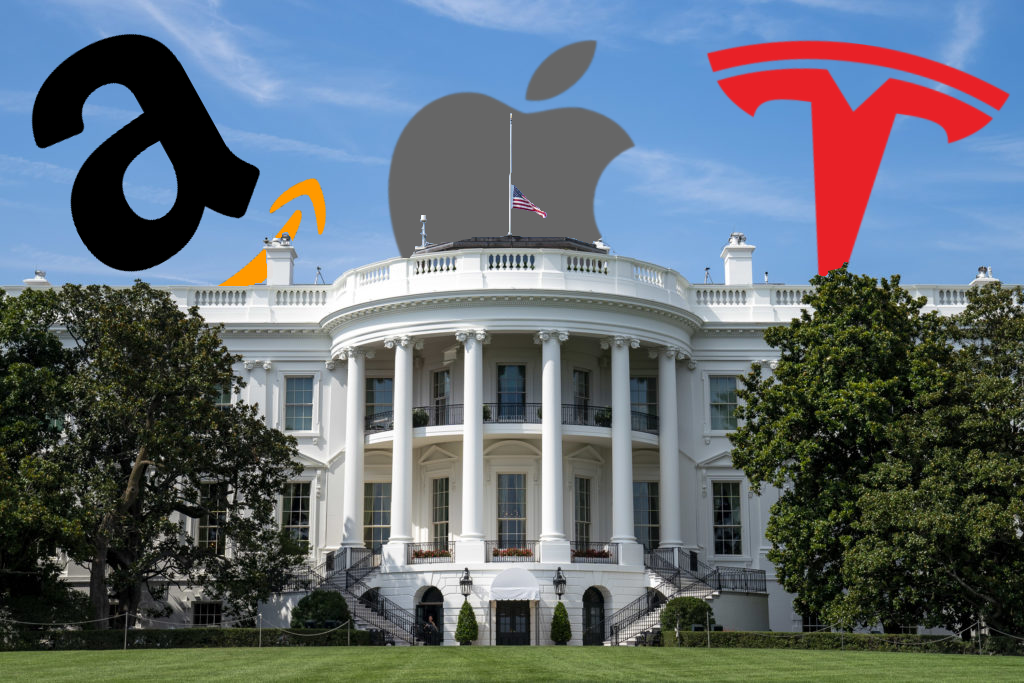
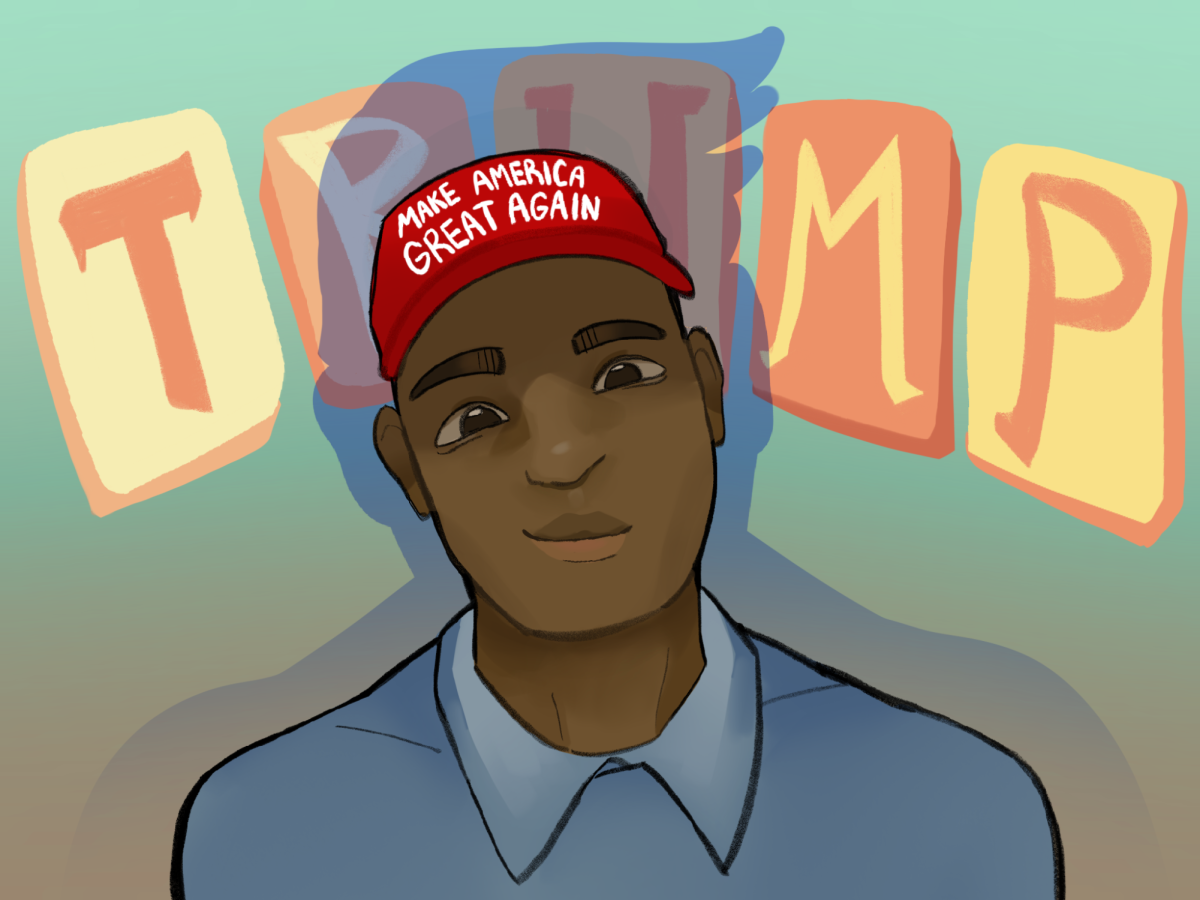
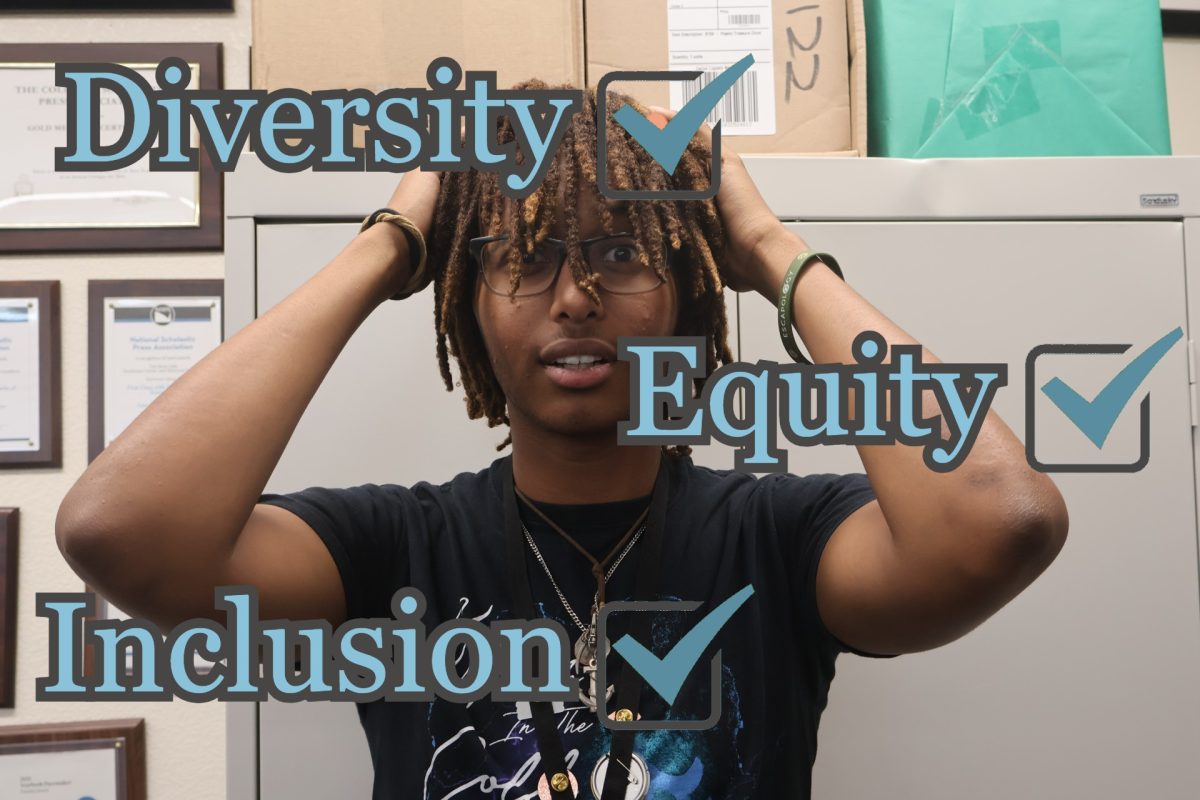
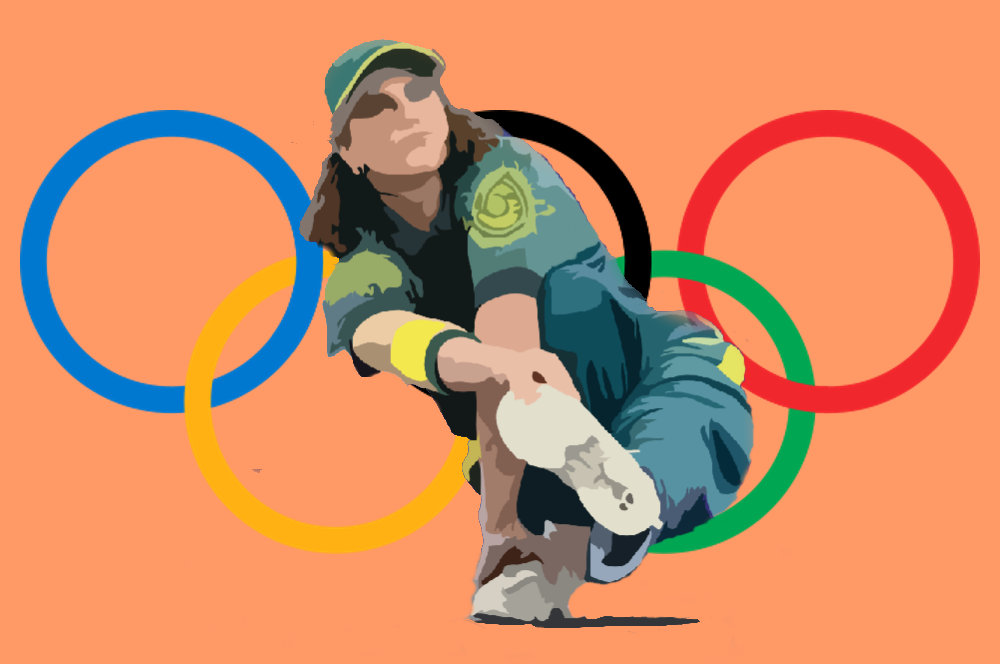
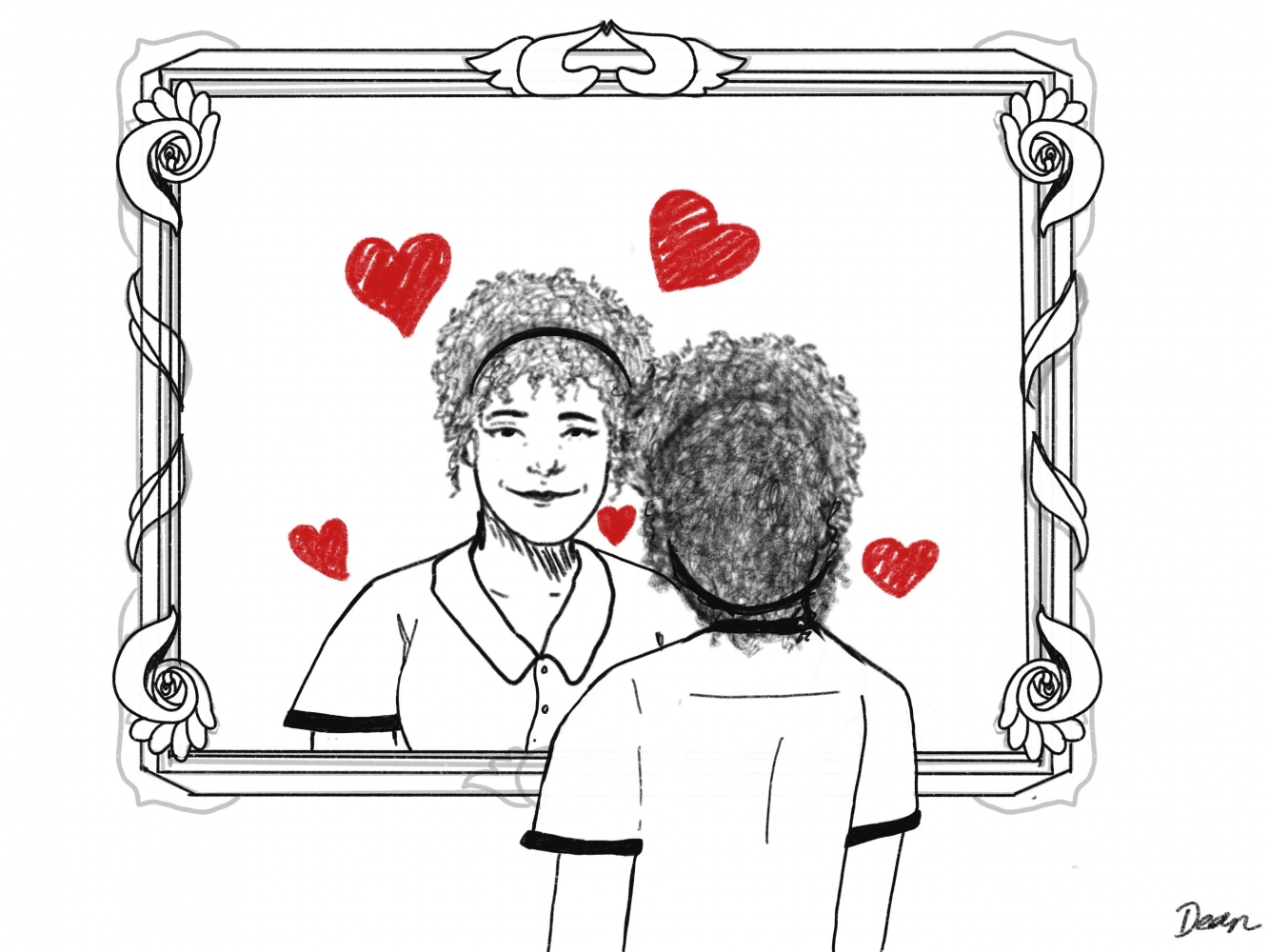
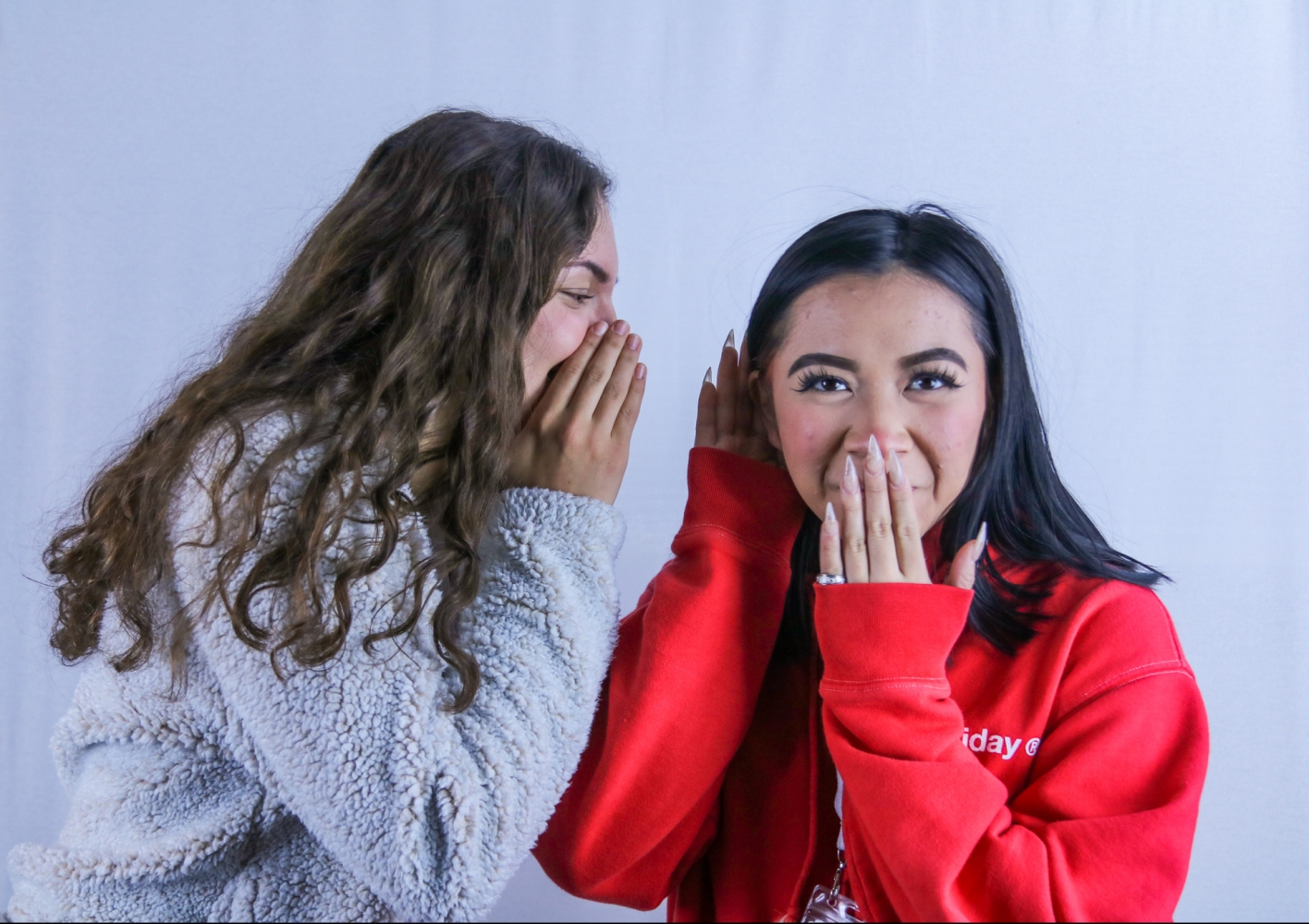

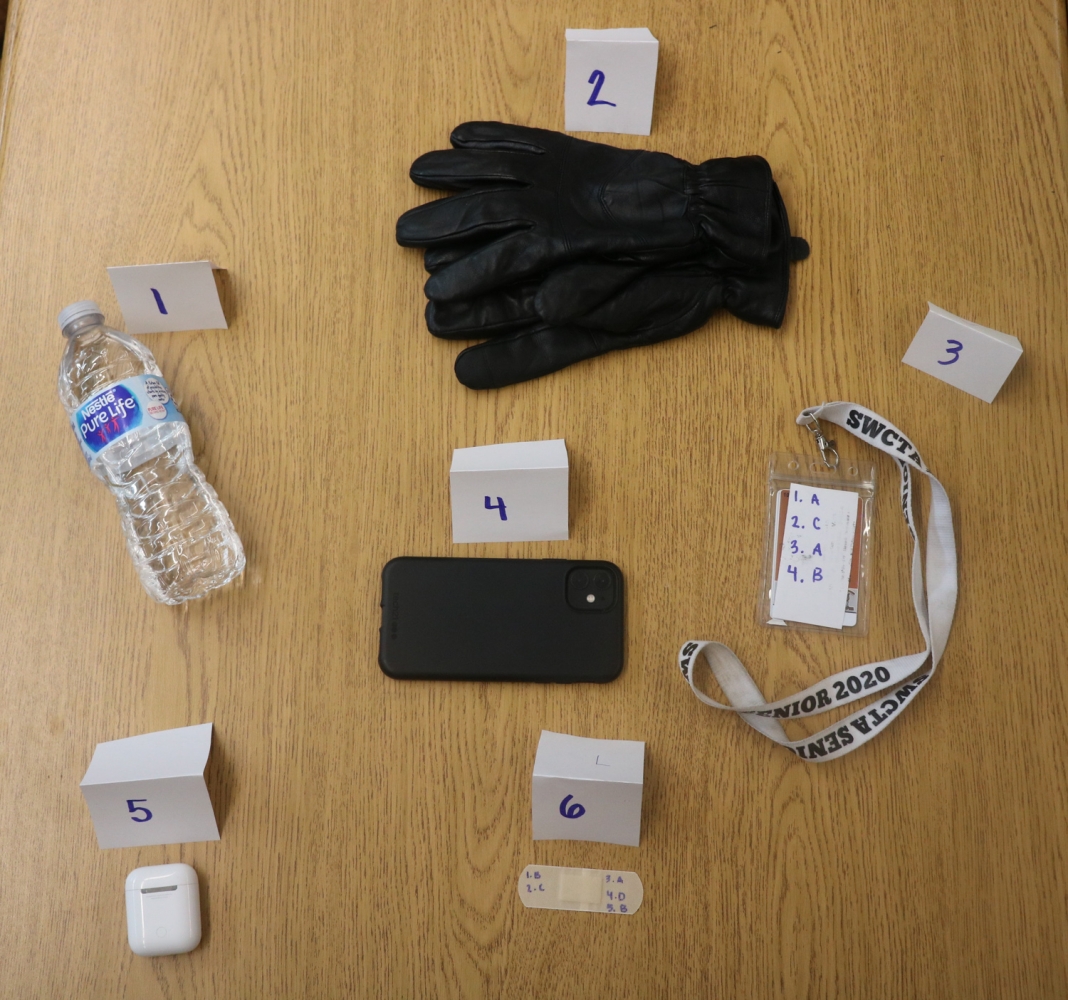

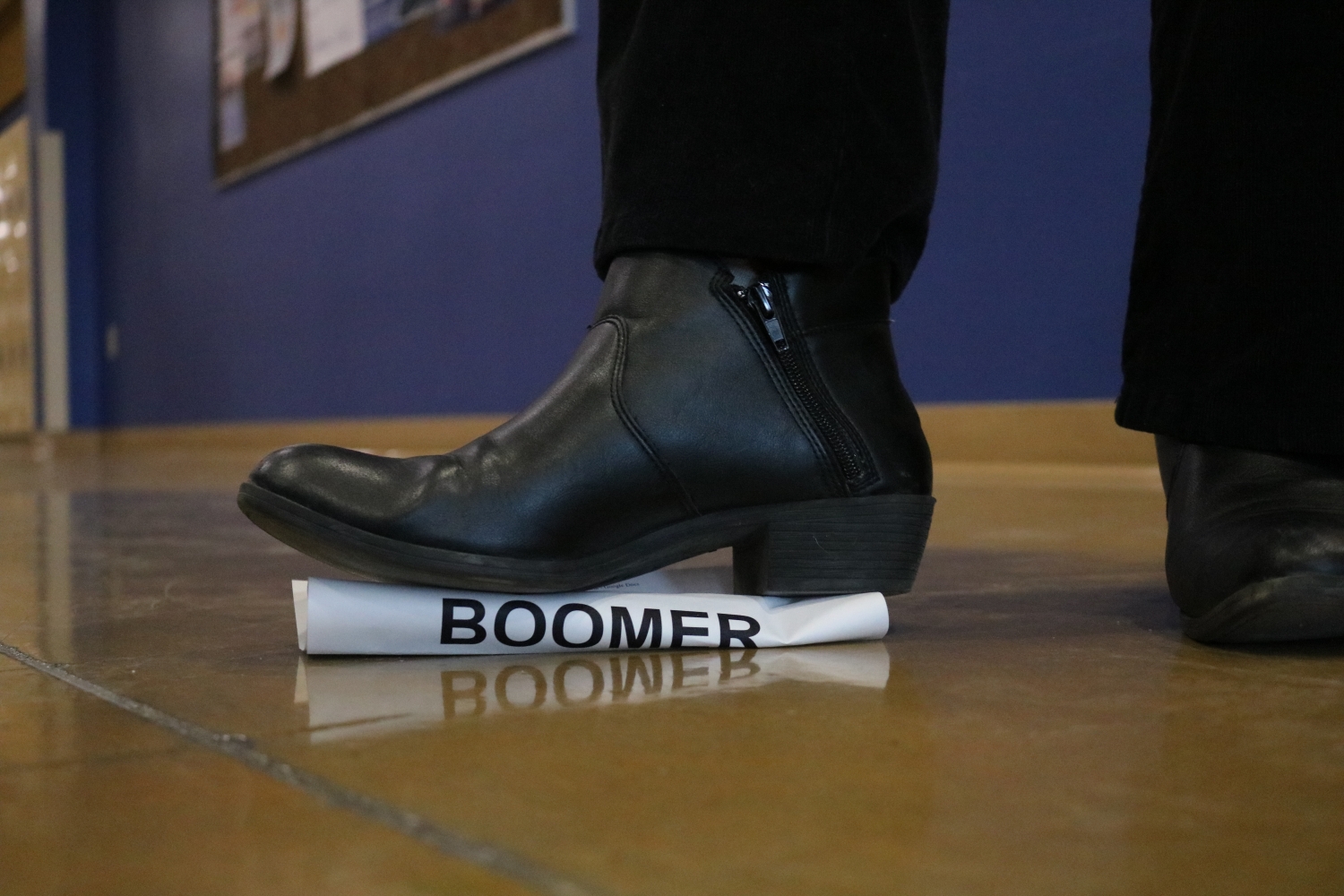
![Weighing her options, senior Allyana Abao decides between going on a practice drive or calling an Uber. Though unlicensed, Abao has considered driving to be a significant milestone of teen independence despite alternatives that provide much easier solutions.
“You're able to be independent and not rely on others,” Abao said. “You're able to get a job, get things that you need, go places you need to go. I have so many places that I want to go to and I ask [my family] for so much. I want to be independent to where they know that I can do things on my own, so they know that they don't have to be there for me.”](https://southwestshadow.com/wp-content/uploads/2025/10/IMG_2922-1200x900.jpg)
![Looking at the board, former BSU secretary Christina Altaye begins to prepare for BSU’s second year of Club Feud. This year, “Are You Smarter Than a Ninth Grader?” will be replacing this event. “I think it’s a fun change [to Club Feud],” BSU Activities Director Hellen Beyene said. “[I think] it’s always fun to do something new and different.”](https://southwestshadow.com/wp-content/uploads/2025/10/Screenshot-2025-09-29-11.06.43.png)
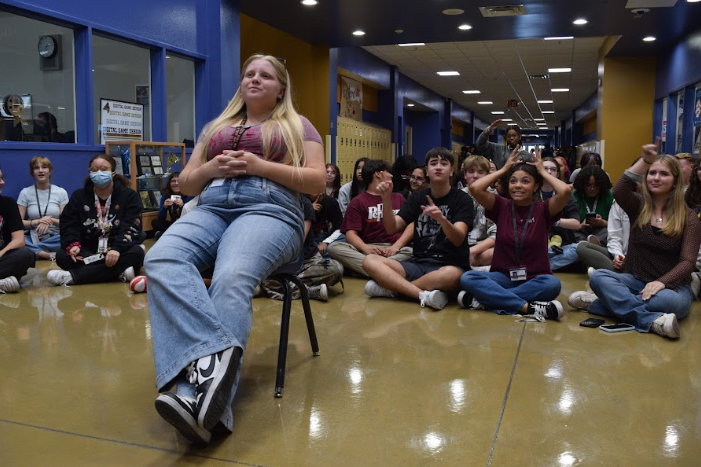
!["I will be attending Trunk or Treat [for FCCLA]" junior Crystal Li said. "We're gonna use Mr. Harbeson's car, and we will be [hosting three different activities]."](https://southwestshadow.com/wp-content/uploads/2025/10/IMG_0980-1200x900.png)
